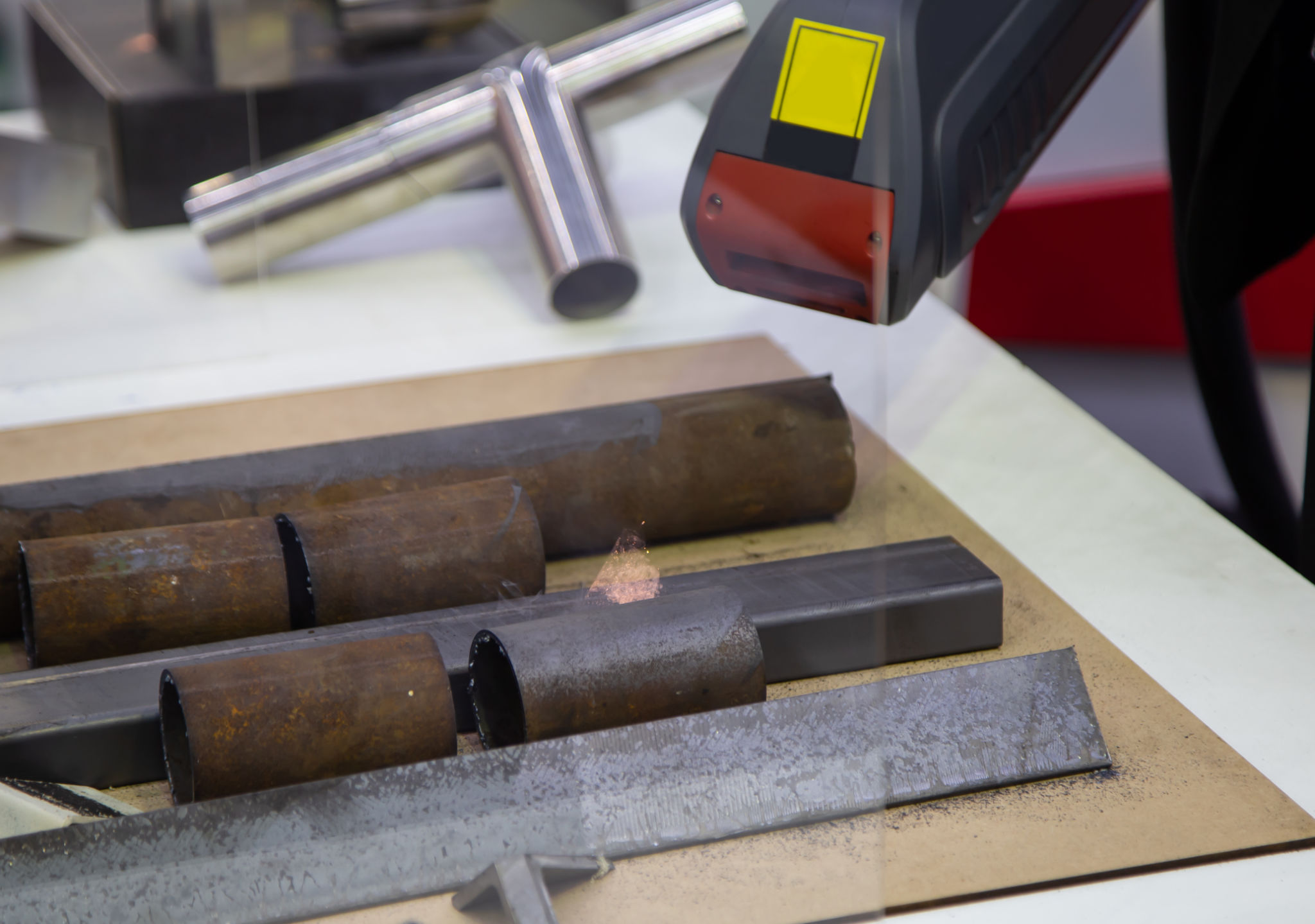The Ultimate Guide to Laser Rust Removal for Cars
Understanding Laser Rust Removal
Laser rust removal is a revolutionary technique that uses laser technology to clean and restore metal surfaces. It involves directing a high-energy laser beam at the rusted area, effectively vaporizing the rust without harming the underlying metal. This method is not only precise but also environmentally friendly, as it eliminates the need for chemical solvents.
One of the significant advantages of laser rust removal is its ability to target specific areas without affecting surrounding surfaces. This precision makes it an ideal choice for delicate automotive parts where traditional methods may cause damage.

Benefits of Laser Rust Removal for Cars
There are numerous benefits to using laser rust removal for cars. First and foremost, it offers a non-invasive solution to rust issues. Unlike sandblasting or chemical treatments, laser rust removal does not require disassembly of parts, saving time and effort.
Additionally, this method is eco-friendly. Without the need for harsh chemicals or abrasive materials, laser rust removal reduces environmental impact and creates a safer work environment for technicians. It also results in minimal waste, making it a sustainable choice for car maintenance.
The Laser Rust Removal Process
The process of laser rust removal is straightforward yet highly effective. Below is an overview of the typical steps involved:
- Assessment: A thorough evaluation of the rusted area is conducted to determine the extent of rust and the appropriate laser settings.
- Preparation: The surrounding areas are protected to prevent any unintended exposure to the laser.
- Treatment: The laser is precisely targeted at the rust, removing it layer by layer until the clean metal surface is revealed.
- Inspection: The treated area is inspected to ensure all rust has been removed and the surface is restored to its original condition.

Comparing Laser Rust Removal to Traditional Methods
When compared to traditional rust removal methods, lasers have distinct advantages. Traditional methods like sandblasting can be abrasive and often require post-treatment cleaning. Chemical treatments, on the other hand, can be harmful to both operators and the environment.
Laser technology offers a cleaner, more efficient alternative. It provides better control over the removal process, reducing the risk of damaging sensitive automotive parts. This level of precision is particularly important for restoring classic cars where maintaining original components is crucial.
Applications in Automotive Restoration
Laser rust removal is increasingly popular in automotive restoration projects. It allows for meticulous restoration without compromising the integrity of vintage parts. Whether you're working on a classic car or maintaining a modern vehicle, laser technology ensures that metal surfaces remain intact and free from corrosion.
This innovative approach has opened new possibilities in preserving automotive history while maintaining the performance and appearance of vehicles. As more restoration professionals adopt this technology, it's becoming a staple in high-quality automotive care.

Choosing a Laser Rust Removal Service
If you're considering laser rust removal for your car, it's essential to choose a reputable service provider. Look for businesses with experience in laser technology and positive customer reviews. A professional service will ensure that your vehicle receives top-notch care and that the process is conducted safely and effectively.
Inquire about the equipment used and request a demonstration if possible. Understanding the capabilities and limitations of their technology will help you make an informed decision about your car's maintenance needs.
The Future of Laser Technology in Automotive Care
The potential applications of laser technology in automotive care continue to expand. Beyond rust removal, lasers are being explored for use in paint stripping, cleaning welds, and even surface structuring. As advancements in this field progress, we can expect even more innovative solutions for car maintenance and restoration.
The future looks bright for laser technology in automotive care, offering new levels of precision and efficiency that were previously unattainable with traditional methods. Embracing these advancements will undoubtedly drive the industry forward, providing car enthusiasts with superior solutions for maintaining their prized vehicles.
